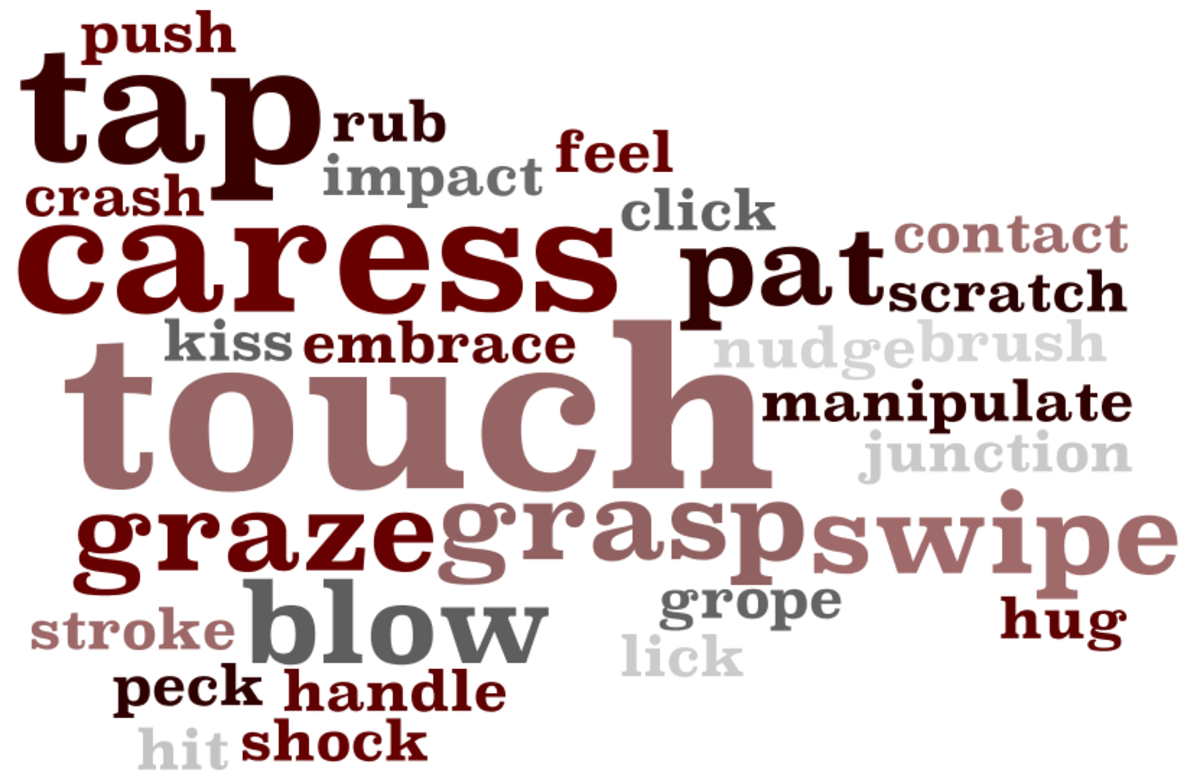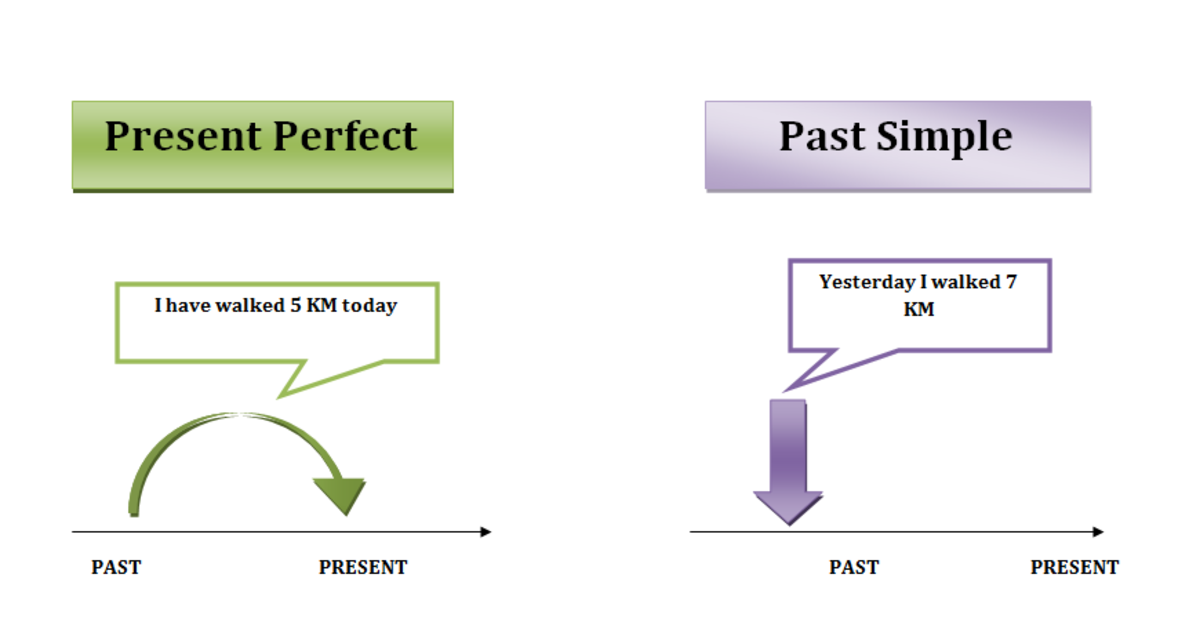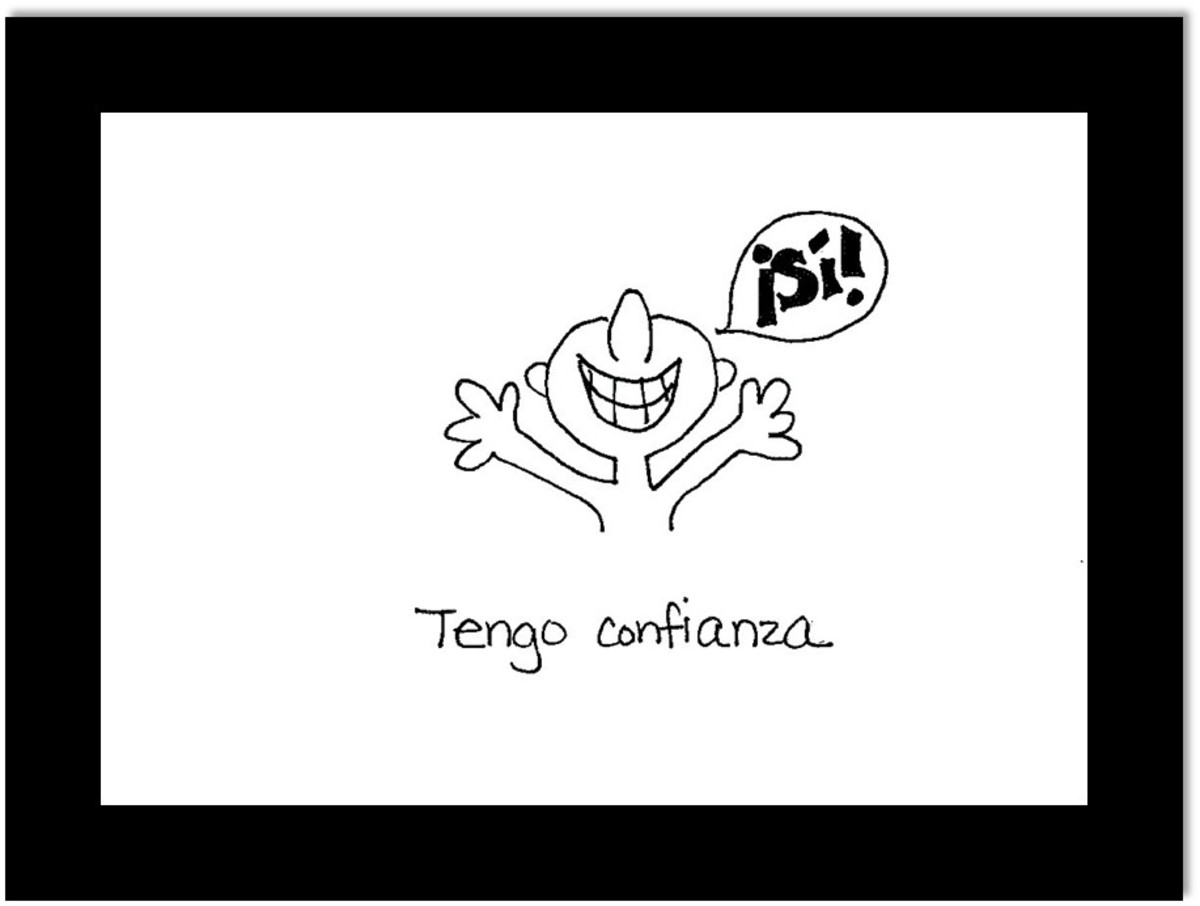Spanish Lesson Sixty-One: Present Perfect Indicative

Hey Readers!
Thanks so much for joining me this week. Today we embark on a journey to master the Seven Compound Tenses in Spanish. We've covered all of the singular tenses so now we have to complete these others. They all have something in common, however. They all use the verb Haber which is an auxiliary verb much like our verb "have" as a helping verb. So we're going to go through these tenses every five lessons and in between, review and learn new concepts. So, let's get excited!
Also, I want to let you all know that there will not be a lesson next week. We will continue the lessons on October 14, 2013. I will be taking that week off from writing because it's my birthday week! Yes, I will be turning twenty-five on October 8th. Anyhow, let's continue on with the lesson. It's a pretty beefy one!

Objectives
- To Create past participles
- To Understand the formation and usage of the verb "haber"
- To Conjugate and Form a sentence in the Present Perfect Indicative
- To Recognize and Familiarize oneself with irregular participles
Do You Know How To Form A Participle?
Forming A Past Participle
I'm really excited about this lesson and I hope you take in the information easily enough. In order to utilize the Present Perfect Indicative, one must understand the process of changing a verb into a participle form. It's really simple. Check this out:
Hablar (To Talk)---> Hablado (spoken)
Leer (To Read)----> Leido (seen)
Oír (To Hear)-------> Oido (heard)
Do you see the pattern? For verbs ending in -AR, take the ending off and add -Ado in place. For -ER/-IR verbs, take the ending off and add -Ido. This will work for any verb save for those that are considered irregular in this case. A list of those verbs have been provided. Now that you've learned how to form a Past Participle, take note that the words formed afterwards can also double as adjectives. There is a video below to provide you with the details.
Also, keep in mind, that Past Participles are words used that follow helping verbs. They are the same in English as Spanish. Take a look at these English examples:
I have heard it. Heard is the past participle because it follows the helping verb "have".
I have seen him somewhere. Seen is the Past Participle in this sentence.

Verb
| Participle
|
|---|---|
Abrir
| Abierto
|
Absolver
| Absuelto
|
Cubrir
| Cubierto
|
Decir
| Dicho
|
Escribir
| Escrito
|
Freír
| Frito
|
Hacer
| Hecho
|
Imprimir
| Impreso
|
Morir
| Muerto
|
Poner
| Puesto
|
Resolver
| Resuelto
|
Romper
| Roto
|
Satisfacer
| Satisfecho
|
Ver
| Visto
|
Volver
| Vuelto
|
Today's Vocabulary
Readers,
Thanks so much for reading these lessons over the last year and five months. I've been working really hard to make these lessons as informative as possible. So thanks so much for the support!
If you'll note, today's vocabulary list consists the irregular past participles of some pretty essential verbs. This the most comprehensive list I could find, so be thankful that there aren't so many. Over time, you'll have no problem remembering the irregulars. Take a moment to review these participles and meet me further down the page for the lesson.
There is also a chart below this section showing the conjugation of the verb Haber. It's a helping verb and auxiliary. So let's continue shall we?
Conjugating Haber (Perfect Indicative)
Yo
| Tú
| Él/Ella/Usted
| Nosotros
| Ellos/Ellas/Ustedes
|
|---|---|---|---|---|
He
| Has
| Ha
| Hemos
| Han
|
- Express an action that took place at no definite time in the past
- Express past actions that continue into the present
Present Perfect Indicative
You've reached the lesson!
Now, let's get started with some things. Now that you know how to form a participle, you can now create and form a sentence using the Present Perfect Indicative. The Present Perfect Indicative, as mentioned to the side, is to "express an action that took place at no definite time in the past". It sounds a bit complicated right? Well, it's not that complicated idea at all. It's just like in English. So let's work with some examples to get the idea out.
Ya he comido. I have (already) eaten. I used the word "ya" to signify "already". Not that the verb "haber" is conjugated to reflect the subject (I) and followed directly by the past participle of the verb. Haber is the auxiliary verb that can be used to be express "has, had, or have been" in a sentence. Those variations are found in the Present Perfect Indicative. Also, do not confuse "haber" with "tener" which also means "to have".
Juan y yo hemos visto la pelicula. Juan and I have seen the video. The verb "haber" is conjugated to reflect the subject of the sentence, hence the conjugation to "hemos" for the nosotros form.
Yo he estado enfermo. I have been sick. Estar and Ser still maintain their meaning as Past Participles. I used "estar" as a participle to discuss how I've been.
Now that you've seen some of the simpler ways to use this combination, let's look at some other scenarios that you will come across when using the Present Perfect Indicative.
With Object Pronouns
Pablo le ha dicho muchas palabras a su hermana. Pablo has said many words to his sister. Do you remember your I.O.P.s? Indirect Object Pronouns? The Direct and Indirect Object Pronouns always come before the verb. That is also true in this case. The auxiliary verb and the participle that follows are NEVER separated. Keep that in mind.
With Reflexive Verbs
Te has cepillado los dientes. You have brushed your teeth. Remember that D.O.P.s and I.O.P.s go directly before the verb. Place your Reflexive Pronoun before the auxiliary and the participle that follows to be grammatically correct.
With Questions
¿Ya has comido el pastel? Have you eaten the cake already (yet)? Note that the order of the words in this sentence don't follow what we'd see in English.
With Questions (Negative)
¿No has comido el pastel? Haven't you eaten the cake? Just like in every sentence, adding "no" before the verb makes it negative.
Final Note: Thanks for reading today's lessons, if you'd like more help, check out the links below for more information. Also, keep in mind that the next lesson will take place on October 14, 2013. So come on back around that time. We will discuss Nature. Thanks for reading!
Verbs With Two Participles
Verb
| Option 1
| Option 2
|
|---|---|---|
Absorber
| Absorbido
| Absorto
|
Bendecir
| Bendecido
| Bendito
|
Confesar
| Confesado
| Confeso
|
Confundir
| Confundido
| Confuso
|
Convencer
| Convencido
| Convicto
|
Corromper
| Corrompido
| Corrupto
|
Describir
| Descrito
| Descripto
|
Despertar
| Despertado
| Despierto
|
Dividir
| Dividido
| Diviso
|
Elegir
| Elegido
| Electo
|
Inscribir
| Inscrito
| Inscripto
|
Maldecir
| Maldecido
| Maldito
|
Poseer
| Poseído
| Poseso
|
Prender
| Prendido
| Preso
|
Prescribir
| Prescrito
| Prescripto
|
Presumir
| Presumido
| Presunto
|
Proveer
| Proveído
| Provisto
|
Soltar
| Soltado
| Suelto
|
Suspender
| Suspendido
| Suspenso
|
Links Used As References
- Present Perfect
Spanish grammar. Discussion: present perfect. - Irregular Spanish Past Participles; Spanish Grammar
This is a list of the irregular past participles in Spanish. - Spanish Lesson: Past Participles as Adjectives - YouTube
Here I will show you how to use form and use past participles as adjectives in Spanish. You will also be given a chance to practice as well. Here's the link ...
© 2013 AE Williams







